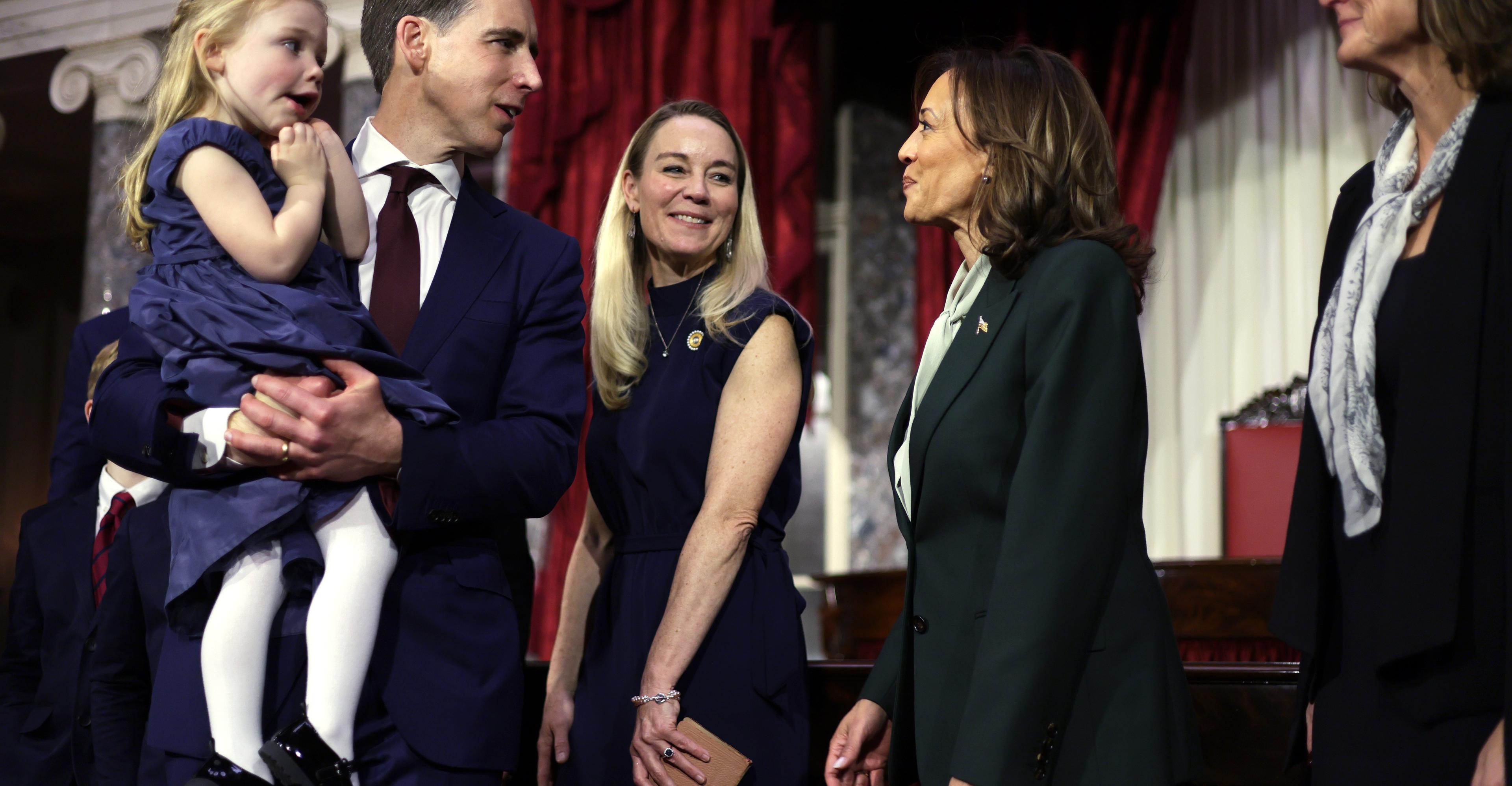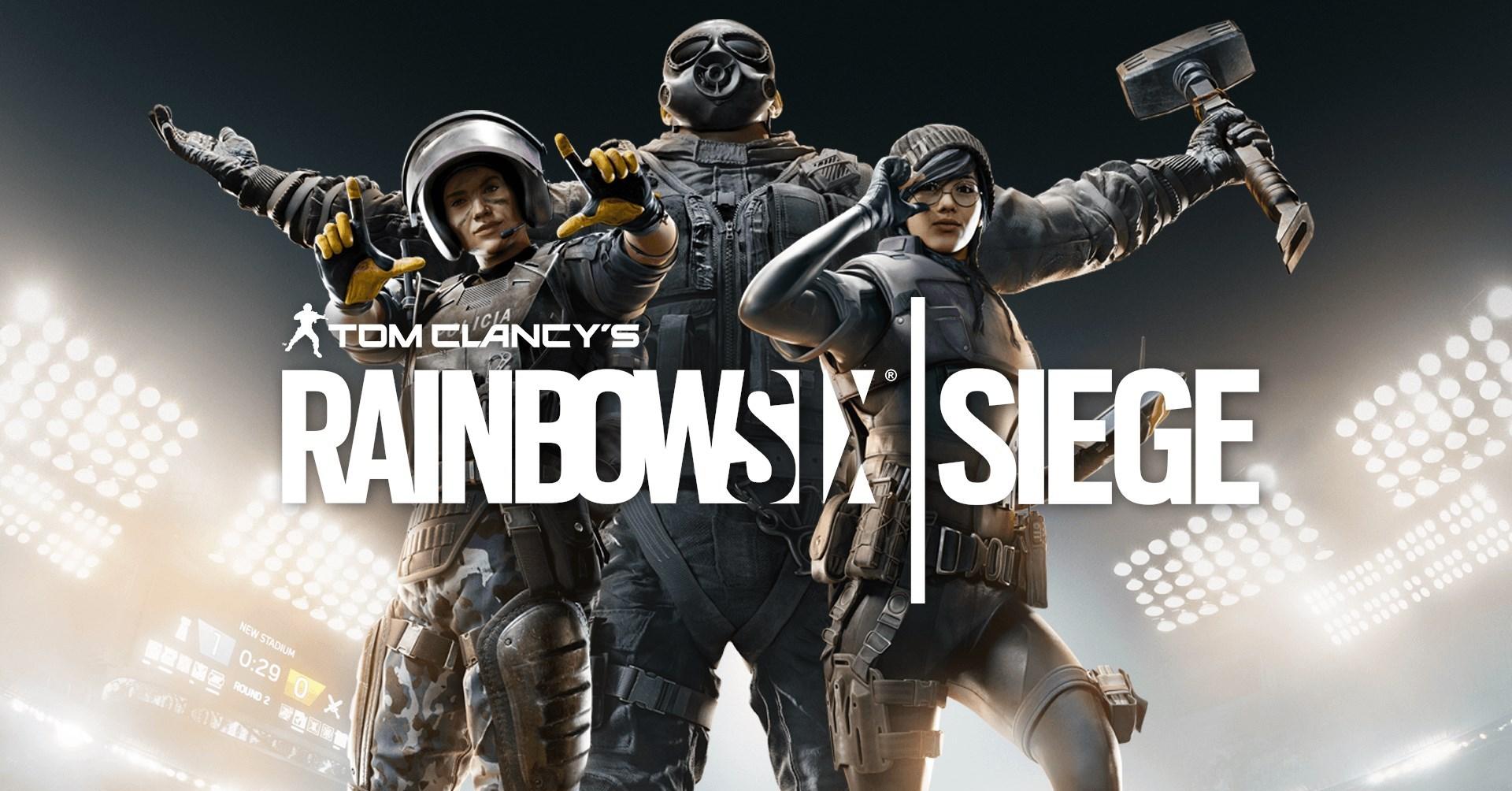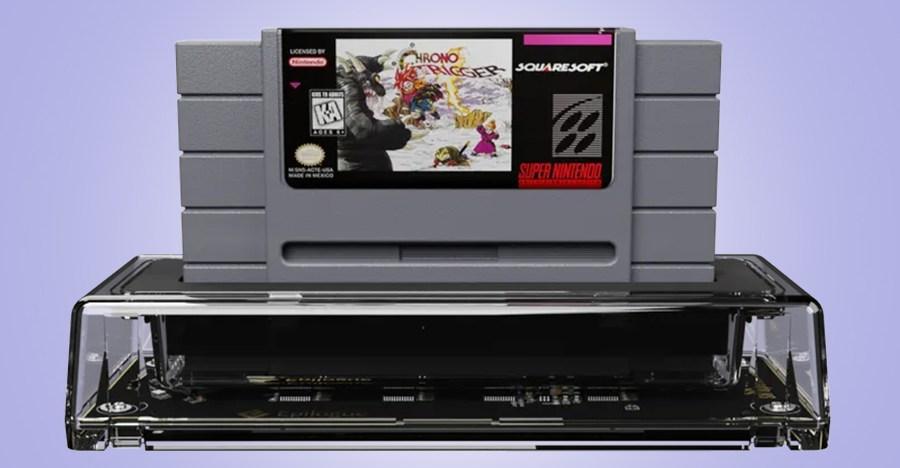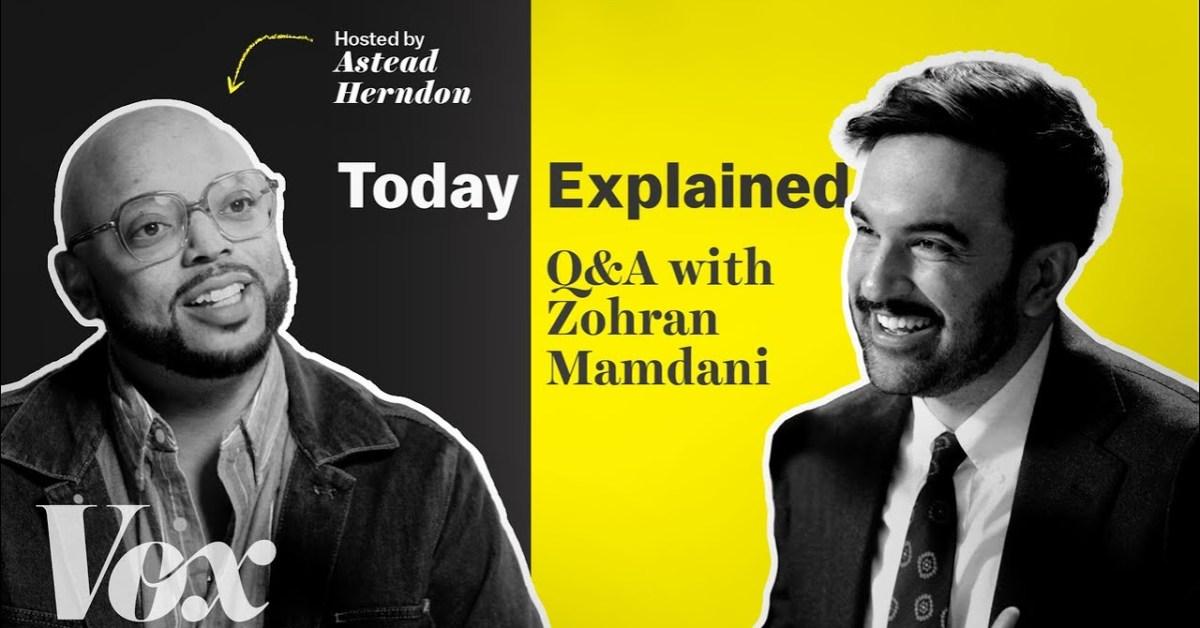A presidential election is coming up and people are mad at Nate Silver again. In itself, that’s nothing new: Silver’s election forecasts have drawn at least some controversy in every presidential cycle since he started doing them in 2008. The current anger is…

Published ایک سال قبل on ستمبر 18 2024، 9:00 شام
By Web Desk

A presidential election is coming up and people are mad at Nate Silver again. In itself, that’s nothing new: Silver’s election forecasts have drawn at least some controversy in every presidential cycle since he started doing them in 2008. The current anger is about how Silver’s forecast has shown Trump as the slight favorite to win the election since late August. As of Monday, it still gave him a 59.6 percent chance of victory. But the roots go deeper. People have never really stopped being mad at Silver since the last election, and the people maddest at him are Democrats and progressives. In some of these circles, the mere mention of Silver’s name brings derision, contempt, or even fury. This is largely because of a change in Silver’s own work and public commentary. He rose to prominence by taking aim at innumerate pundits and poll-denying Republicans, but he’s increasingly used his combative social media presence to challenge progressives, Democrats, and public health experts when he feels they are wrong — which, in recent years, has been often. “I think progressive epistemics have really deteriorated,” Silver told me in an interview last week. Back in 2012, he “naively thought” only conservatives “were quite so capable of being detached from reality,” he said. Put more politely, he went on, many progressives are “unaware of how much the combination of partisan bias and the internet, especially Twitter, infects people’s thinking and makes them insane.” His critics would argue that that’s just what’s happened to him. The rap on Silver has long been that, when he isn’t forecasting elections, he’s just another contrarian centrist pundit prone to bad takes on issues far from his realm of expertise. And while some of the criticism progressives direct at Silver is simply because people are uncomfortable with what his model is showing, much of it is a reflection of Silver’s new approach to commentary: He’s far less hesitant about expressing his opinions than he used to be, and he’s unafraid to challenge conventional wisdom, including on controversial subjects. Still, the issue where he stuck his neck out most over the past year was his commentary that Democrats were headed for disaster by renominating Joe Biden, and that’s a take that held up. “It’s just the most obvious thing in the world, this guy’s a fucking walking corpse,” Silver told me. “To say he could be president for another four years was delusional.” The evolution of Nate Silver, explained When Silver first rose to fame, his forecasts functioned as something of a security blanket to nervous Democrats. In 2008 and 2012, his election forecasts crunched the polling numbers and projected Barack Obama as the clear favorite to win. Online progressives were thrilled at his debunkings of vacuous pundits and conservative poll-unskewers and believed him to be a kind of election prediction wizard; he spent the 2012 cycle at the New York Times and afterward sold his FiveThirtyEight website to ESPN, which would fund its expansion into a full-blown data journalism publication under his leadership. But Silver’s goal was never to reassure the anxious, it was to call the outcome correctly. Though he shared the generally liberal politics of the Obama era (his initial election writings were posted on the progressive website Daily Kos), they weren’t really his main interest. His background was in baseball stats-crunching and online poker playing; he wanted to forecast the future and beat the odds. His first book, 2012’s The Signal and the Noise, was about his efforts to separate data that is actually meaningful in determining outcomes (the signal) from distracting, useless, or misleading information (the noise). When Donald Trump first ran for president, Silver found that was easier said than done. In his previous coverage of presidential primaries, he believed that early polling was essentially noise. It had shown Hillary Clinton far ahead of Obama in 2008, and Mitt Romney struggling against various fringe or celebrity figures in 2012, and now it showed Trump ahead. So throughout 2015, he voiced confidence that Trump was doomed. “That was one thing that I think I deserved to be criticized for,” he says now. “We ignored a lot of polling data showing Trump doing well in the primary.” The 2016 general election was a different story. In the now-crowded election forecast space, Silver’s model matched the others by calling Clinton the favorite, but in the final weeks stood out for offering Trump an unusually high chance of winning, unlike other models that said he’d almost certainly lose. He cannot claim to have predicted Trump’s win (the final forecast gave that a 28 percent chance of happening), but his arguments for why the polling in fact pointed to an uncertain race were vindicated. But, to his great annoyance, some on the left criticized him beforehand for underrating Clinton’s chances, while others blasted him afterward for not having made Trump the favorite. “I was trying to warn everybody it was a close election,” Silver says. “And afterward, I was villainized for that.” His souring on the left-of-center discourse world began then and continued during Trump’s presidency, when he occasionally bristled against what he saw as a censorious “groupthink” (progressives getting mad at tweets he sent that he thought were innocuous). Then the Covid-19 pandemic began, and Silver began trying to crunch the numbers and offer his takes on the unfolding situation — to the chagrin of some epidemiologists and public health experts, who believed he didn’t know what he was talking about and should defer to them. One common theme was that Silver wanted a speedy rollout of vaccines and then a quick return to normal. He argued that public health experts were underrating the costs of prolonged school closures, comparing them to “disastrous, invasion-of-Iraq (or perhaps greater)” mistakes. “These people don’t understand cost-benefit analysis,” he tweeted. Silver further earned the experts’ ire by opining that the “lab leak” theory of Covid-19’s origins was plausible. “I would bet 60-40, 70-30 on lab leak probably,” he told me, though he acknowledged that we’d probably never know for sure. Last year, Silver struck out on his own with a Substack email newsletter after economic headwinds at Disney led to layoffs at FiveThirtyEight and spurred his departure. And if there was one theme of his first year of writing, it was that Biden’s age was a very serious problem for Democrats. “If the expert class doesn’t understand that Biden’s age is both a real concern for voters and a valid concern,” he wrote last September, “they’d better be prepared” for a second Trump term. At that point, he thought it was “probably too late not to nominate Biden” and that Harris would probably lose to Trump. But in November, he changed his mind, writing: “If Biden can’t run a normal campaign, he should step aside.” Many Democrats at the time cried foul and argued that the focus on Biden’s age was a media invention akin to the old focus on Hillary Clinton’s emails. Silver pushed back, writing: “Not everything is #ButHerEmails.” He argued that the White House’s shielding of Biden from public appearances was a clear indication that he would perform poorly in such appearances. In mid-February, he wrote that Biden stepping aside was “an option that Biden, the White House and Democratic leaders need to seriously consider.” He called it “very far from an ideal option,” but said: “It might nevertheless be Democrats’ best option for beating Trump.” It took five more months and one disastrous debate performance, but eventually, the party accepted that this judgment was correct. The current forecast For nearly all of August, Silver’s forecast showed Harris as a very narrow favorite, giving her a 52 percent chance of winning. But at the end of the month, Trump jumped out ahead, and the forecast now says he’s the narrow favorite with a 59.7 percent chance. (This led to some praise from Trump, who said recently that Silver was a “very respected guy, I don’t know him, but he has me up by a lot.”) Many people reading Silver’s forecast tend to place great importance on whether their preferred candidate is a slight favorite (which makes them feel relieved) or a slight underdog (which makes them feel anxious and/or angry). Silver always insists that that’s the wrong way to think about it and that such a race can very easily go either way, but few take his advice. Accordingly, the uproar over the current forecast, from people who want Harris to win, has been quite pronounced. “Who bought #NateSilver and how much did he go for?” actress Bette Midler posted on X. Baseless conspiracy theories have been hatched that Silver’s recently announced gig as an adviser to the online prediction market Polymarket is spurring him to do the bidding of right-wing billionaires and skew his analysis against Harris. (Silver has strongly denied those claims. “Peter Thiel isn’t paying me any more than he’s paying someone who works for Facebook or Lyft,” he recently posted on X.) Among the more data-literate, the main critique of Silver’s model lately has been that it’s unfairly punishing Harris for not getting a big polling bounce after the Democratic convention. (Nominees typically get a bounce then and lose some of that advantage later on, but this is an unusual cycle and perhaps Harris got her “bounce” earlier, when she entered the race.) On September 7, Silver wrote that if the “convention bounce” setting was turned off, the model would show something extremely close to a pure 50-50 contest; he has also said that this effect will dwindle the further we get from the convention. It seems undeniable that current polls show an extremely close Electoral College race, especially in the most important state, Pennsylvania. So outrage over whether Harris should be considered a narrow favorite or a narrow underdog seems to me to be splitting hairs. As for the criticism of Silver’s commentary more broadly, he told me, “I don’t give a shit.” Dismissing what he called the “circlejerk” of “Blue MAGA,” he said that beyond them, “there’s a huge audience for the work I do,” and pointed out that his new book is a New York Times bestseller. His progressive critics, he said, “don’t impact my life in any way” — except, perhaps, that he “may create a little bit of conflict” with them, “because it’s fun.”

Why conservatives should pay parents to stay home
- 3 گھنٹے قبل

GOG’s Steam-alternative PC game store is leaving CD Projekt, staying DRM-free
- 5 گھنٹے قبل

Rodeo is an app for making plans with friends you already have
- 5 گھنٹے قبل

Ubisoft shuts down ‘Rainbow Six Siege’ servers following hack
- 5 گھنٹے قبل

Turn your PC into a Super Nintendo with Epilogue’s new USB dock
- 5 گھنٹے قبل

In America, surviving a disaster increasingly depends on what you can afford
- 3 گھنٹے قبل

Zohran Mamdani on his mayoral transition and what comes next
- 3 گھنٹے قبل
PM Shehbaz reiterates resolve to elevate Pak-UAE longstanding ties
- 9 گھنٹے قبل

Google Photos is coming to Samsung TVs in 2026
- 5 گھنٹے قبل
Thieves drill into German bank vault and make off with millions
- 10 گھنٹے قبل

I’m The Verge’s Senior Internet Typist, ask me anything while Nilay’s away!
- 5 گھنٹے قبل

The year of ‘decentering men’
- 3 گھنٹے قبل
You May Like
Trending




